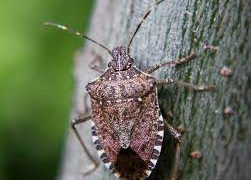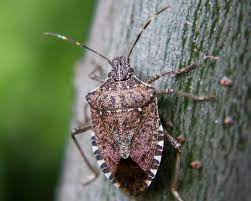The Brown Marmorated Stink Bug (BMSB) is a destructive pest that causes significant damage to crops, including fruits, vegetables, and ornamental plants. In this article, we will explore the latest research and strategies to help farmers combat this invasive species.
According to the United States Department of Agriculture (USDA), BMSB has been a significant threat to agriculture since its introduction to the United States in the late 1990s. The pest is known to cause severe damage to crops such as apples, peaches, soybeans, and corn, and is found in 43 states across the country.
The BMSB is a challenging pest to control, as it has a wide range of host plants and can be difficult to detect until it has caused significant damage. However, recent research has identified some promising strategies for managing this pest.
One of the most effective methods of control has been the use of insecticides. The USDA recommends the use of neonicotinoids, pyrethroids, and organophosphates, among other classes of insecticides, to control BMSB infestations.
Another promising control method is the use of biological controls, such as parasitic wasps and predatory insects. These natural enemies can help to reduce BMSB populations by targeting the pest’s eggs and nymphs.
Additionally, farmers can use cultural practices, such as crop rotation and the removal of crop debris, to reduce BMSB populations. These practices can help to disrupt the pest’s life cycle and reduce the likelihood of infestations.
In conclusion, the Brown Marmorated Stink Bug is a significant threat to agriculture in the United States, causing significant damage to a wide range of crops. However, with the use of the latest research and control strategies, farmers can reduce the impact of this pest and protect their crops from damage.
#BMSB #invasivepests #cropdamage #insecticides #biologicalcontrols #culturalpractices #farming #agriculture































